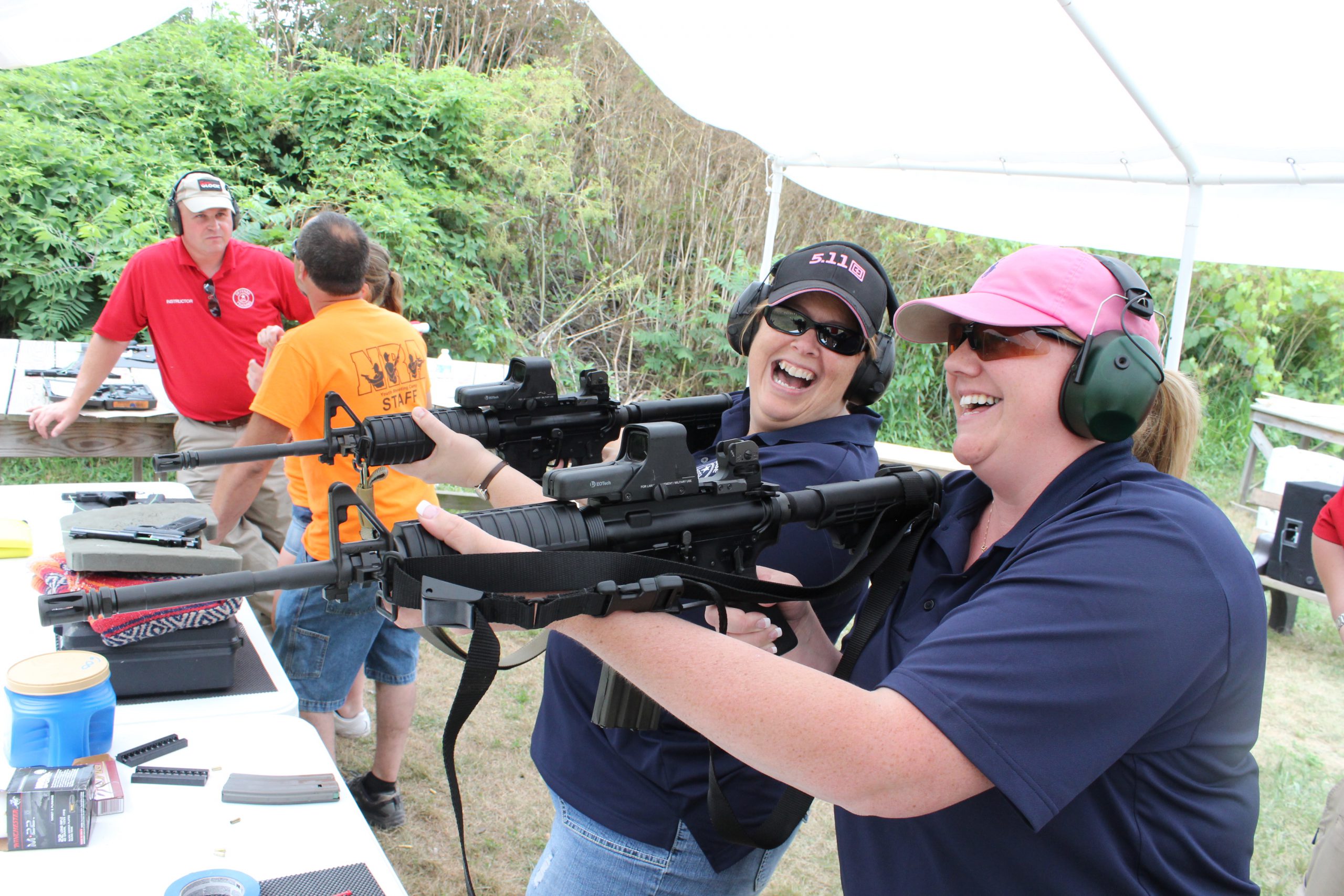
Thanks to Nancy Pelosi and 98% of her Democrats in the US House passing a ban on America’s favorite rifle, the AR-15, sales have spiked. Again. Scores of thousands of new AR owners have joined the fraternity of the 20 million before them.
While it may look easy to operate, many novice users make a number of rookie mistakes with their AR. In competitions, these mistakes can cause embarrassment. In self-defense applications, these kinds of unforced errors can cost you far more than a bruised ego.
I’ve seen a lot over almost 20 years of studying and teaching the Art of the Rifle, including “run and gun” tactical courses as well as Appleseed marksmanship events and at competitions.
Here’s how can you avoid some common unforced “rookie” errors with your AR-15.
Sight in your rifle
Believe it or not, not everyone does this very basic step. Heck, some folks have yet to buy sights for common flat-top models.
I recommend a 25-meter zero for new users which will put you dead on at 25 and roughly 300 yards… with rounds hitting a few inches high in between. That’s not Olympic accuracy, but it’s good enough for minute of bad guy. Aim for the solar plexus and that’s a good hit to over 300 yards.
Worth mentioning: an un-zeroed rifle can create huge liability issues when you miss your intended target.
Seek training.
If you don’t shoot well, seek out training. Project Appleseed provides solid and exceptionally affordable training at events across America. For $75 or less, an Appleseed event will teach you safety, some American history and the fundamentals of rifle marksmanship. Can you hit a 1” square at 25 meters? If not (and excuses don’t count), you need an Appleseed.

Buy a sling.
Buy a sling for your new rifle. Buying a rifle without a sling is like buying a handgun and not buying a holster. Loop slings (pictured above), used property, will help you shoot very accurately. But even traditional slings will free your hands to do other tasks while keeping your rifle securely on your person.
Lubricate your rifle!
Dry ARs malfunction. An AR-15 rifle requires proper lubrication, and lots of it. Just like your car’s engine.
Break the rifle open, pull out the bolt carrier group and spray it until it shines like a freshly glazed donut.
Don’t have spray lube? Use any lube you have available: gun oil, used motor oil (use the dipstick to access it), cooking oil – even Vagasil will work if you don’t have gun lube.
Cleaning?
Don’t get wrapped around the axle about meticulously cleaning your AR-15 every time you shoot it. Even a dirty rifle – with lubrication – will run reliably for many thousands of rounds.
Load your magazines to 28 rounds
Yes, your milspec magazines will hold 30-rounds. You might even manage to shoehorn in 31 if you try really hard. But that doesn’t mean you should.
Most prudent AR users load their mags to 28 rounds which allows for more reliable seating against a closed bolt.
Proper mag insertion
When loading, vigorously insert the magazine, then pull it down to test for proper seating.
Spare battery
Put a fresh spare battery for your optic sight inside the pistol grip compartment. Do it now while you’re thinking about it.
Know your gun’s manual of arms
Another common problem plaguing novices involves controls. Don’t dump your magazine looking for the bolt release. Know without thinking whether the safety lever is on “safe” or “fire.” Hint: pushing down means it is ready to go bang. The trigger doesn’t work on “safe.”
The fundamentals, done well, carry the day
You don’t have to spend Daniel Defense or LMT kind of money to have a reliable, good shooting AR that will make you proud. By executing the fundamentals of stance, sight alignment, sight picture, trigger control and follow-through – and not making rookie mistakes – you can out-shoot most AR owners – even those who work in law enforcement.
I’ve seen teenagers using good fundamentals outshoot a whole lot of grown men.
